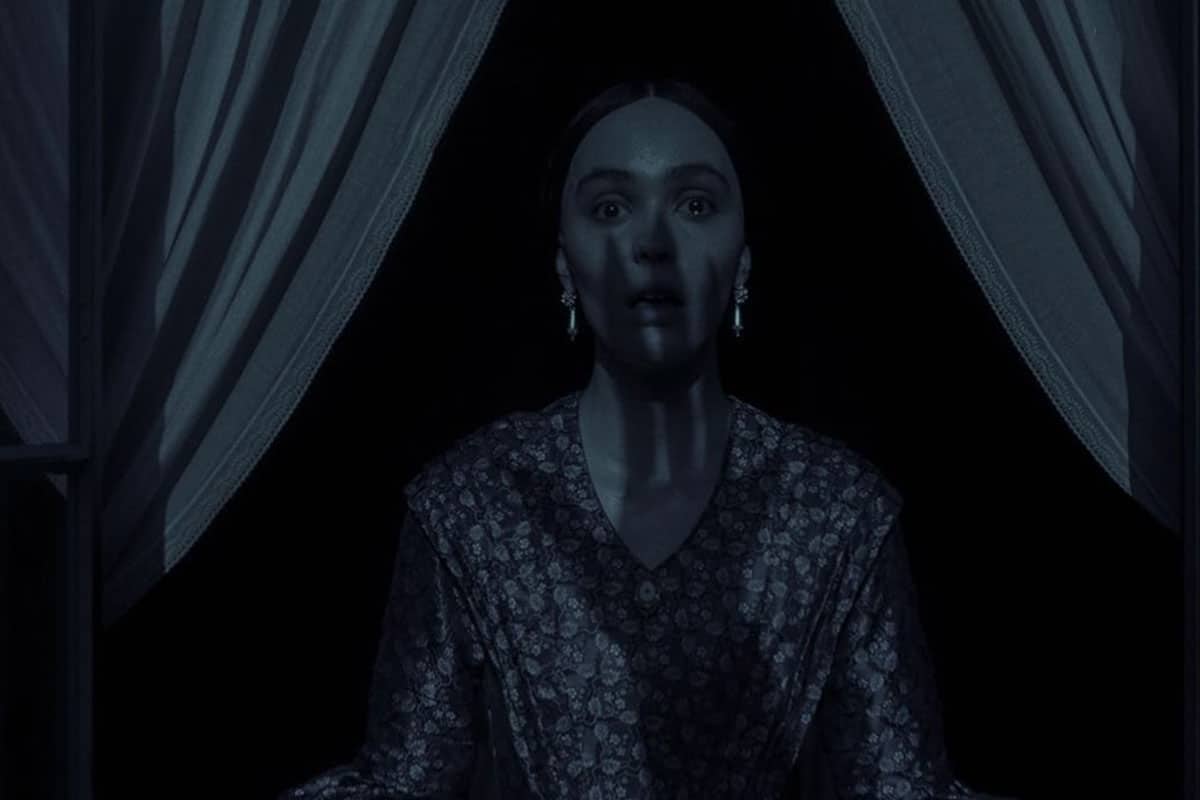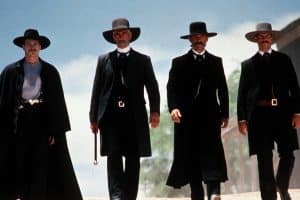Horror is defined as “an apprehension or revulsion about that which is unknown.” What does that mean for filmmakers?
It may seem odd to seek out something that scares you as a viable source of entertainment, but there’s a complicated relationship at play with horror. Yes, these are stories that terrify us, but at the same time, these are stories that we eagerly watch. We’re not actual participants, you see, and that removal allows us to explore these narratives. Sure, we watch horror to be scared, but we also watch horror to learn how to be alive.
That’s not to say that we’re looking for practical survival tips from the counselors at Camp Crystal Lake, but more that we’re looking for a psychological and emotional experience that informs our day-to-day existence. The world may be full of strange and unexplained phenomena, but if we just stay out of the basement and avoid rusty meat hooks, we should be okay, right?
Horror began as folklore traditions that were meant to inform and explain the world around us. These stories typically focused on death, the afterlife, evil, and other strange aspects of the world we didn’t understand. Some of these stories were merely meant to keep the kids indoors after dark, especially when they reached the age when “because I said so” was no longer received as a valid explanation.
In the late 18th century, Romanticism saw a focus on the individual experience — what we saw, what we felt, became the only truly authentic reaction the world around us. And as we explored these feelings — the wonder, the marvel, the terror — we struggled to write them down in a way that could fully communicate them to others. And then along came Freud, Jung, and a host of other analytical psychologists, and you have the modern era of horror stories. “Hey, this scared the heck out of me. Does it scare you too?”

We Fear What We Can’t See
During the silent era of film, horror was a game of light and shadow — a game the German Expressionists were really good at, exemplified in 1922 with F. W. Murnau’s Nosferatu. Max Schreck plays Count Orlok, a vampire who not only preys on his wife and the locals, but who also brings the plague to town. While the image of big-eyed, rat-fanged Orlok, skulking over a slumbering figure, is permanently affixed in our collective consciousness, it was Murnau’s use of Orlok’s shadow that caused the great terror in his audiences.
And while Tod Browning’s seminal Dracula (in 1931) ushered in the modern era of cinematic horror, it leaned heavily on the stylized play of shadows and light from the Expressionists. Sure, there’s a practical element of keeping the monster of out sight (the audience can’t see that it’s merely a guy in a rubber suit, as was the case with Ridley Scott’s Alien), but this technique also plays directly to a critical aspect of successful horror: the audience’s own imagination.
We only have to go back to the French essayist Michel de Montaigne, who was the fellow who first said: “The thing in the world I am most afraid of is fear . . .” If you can tap into this emotion in your audience, you’re going to be in complete control.

The Slasher
But merely being able to twist your audience’s reactions to what they’re seeing isn’t enough for a film to be considered horror. Alfred Hitchcock was a master at building suspense, and it wasn’t until Psycho, which is in the latter half of his oeuvre, that he makes a “horror” film, and it is the infamous shower scene that creates the slice in the curtain through which the “slasher” genre emerges.
While the slasher film typically has some modicum of plot, it is mostly devoted to an escalating conflict between a group of (seemingly) innocent characters and something that is stalking them. Characters in these films usually die in a horrible manner, often on-screen. The “monster” in these sorts of movies is typically human (or mostly human), but their motivation for killing all these kids is obscured. The central mystery — if you will — resolves around a desperate attempt to discern this monstrous motivation in order to save themselves. Sometimes they are successful; most of the time, they only gain a temporary respite, because, hey, Hollywood loves to make sequels.
The slasher film began in earnest during the 1970s with The Texas Chainsaw Massacre (1974), Black Christmas (1974), Halloween (1978), Friday the 13th (1980), and A Nightmare on Elm Street (1984). A decade later, with Scream in 1996, the slasher entered a self-referential era, where both audiences and characters were expected to have an awareness of the genre.

The Monster Within Us
When the monster in a horror film is no longer human — or was once human, but which has definitely become something else — then we’re talking about body horror, a sub-genre that focuses on a transformation of the human body due to some kind of external agent. Zombies, for instance, are the result of . . . who knows what, really (and in many films, the reason is never revealed), but the resulting zombification is the creation of something that is no longer human, but which seeks to consume humanity.
Sometimes, it’s a metaphor (as in George R. Romeo’s classic Night of the Living Dead), but mostly, they’re relentless flesh-eaters who cannot be stopped until you dismember them, usually in a very gratuitous fashion.

David Cronenberg has made a career out of body horror, whether it be Jeff Goldblum’s icky transformation in The Fly, Michael Ironside’s telekinetic psychopath in Scanners, or more recently, his subtly erotic Crimes of the Future, which explores the limits of the human body to withstand transformation.
Alien is body horror, given how the xenomorph is grown, but once the little metal-toothed monstrosity is born, the film becomes more like a slasher film in its construction. John Carpenter’s The Thing is an extended metaphor about paranoia and alienation that is made manifest by a shape-shifting alien that transforms living tissue into whatever the heck it wants. Jonathan Glazer’s Under the Skin and Alex Garland’s Men are both meditations on relationships between men and women, but they play out in a landscape charged with phantasmagoric transformations.
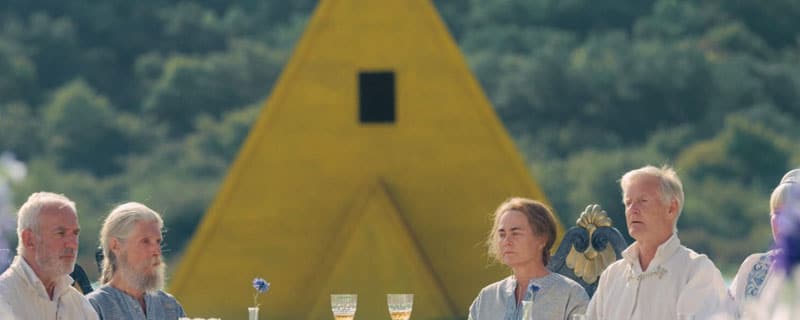
Getting to Know the Neighbors
Somewhere between the slasher (the physical violent force that destroys transgressors) and body horror (the internal monstrosity that devours not only its host but others, as well), we have folk horror, which is a cozy sub-genre where we find quaint communities that have gone totally off-the-rails. Folk horror is typically based in rural settings, with insular communities that have come to a certain understanding with the natural world. These understandings may result in a shared psychosis (as witnessed by outsiders) or in the celebration of a seemingly supernatural aspect of life. All is not right out there in the cornfields, and it’s in your best interest to not draw attention to this fact if you want to survive.
Robin Hardy’s The Wicker Man (1973) is a classic example of folk horror in its exploration of folk religion, paganism, and ritualistic fertility practices. Ari Aster’s Midsommar (2019) has led to a revitalization of the genre. Jordan Peele’s Get Out (2017) uses elements of folk horror subversively in its excoriation of post-racial America.
A Cross Between
Somewhere between folk horror and body horror, we’ll find film that focus on demonic and supernatural possession. Classically rendered by William Friedkin in The Exorcist and Richard Donner in The Omen, these films heavily rely on religious themes and symbolism. Evil manifests in the human body, and it must be driven out by those who are capable of standing firm against such supernatural agencies. Many times, the price is high. Many times, salvation is only temporary.
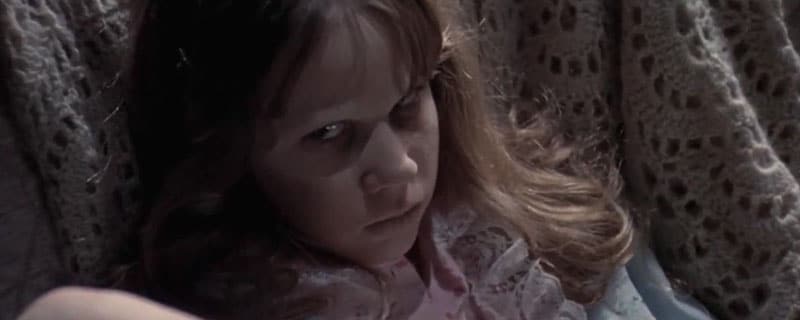
Found Footage
And just when we think we’ve seen it all, a black and white film shot on an overall budget that was probably less than the catering cost of a typical Hollywood luncheon appeared. The Blair Witch Project was shot entirely on hand-held cameras; it was purported to be footage found in a remote location, and it offered no real resolution. Audiences were transfixed. Here was a film that simulated a real-time experience—a harrowing journey into the woods in pursuit of something that shouldn’t — couldn’t — exist. Its success lay in that old interplay between light and shadow — we’re back to German Expressionism again. It evoked a strong emotional and imaginative reaction in its audiences, and a new sub-genre was born.
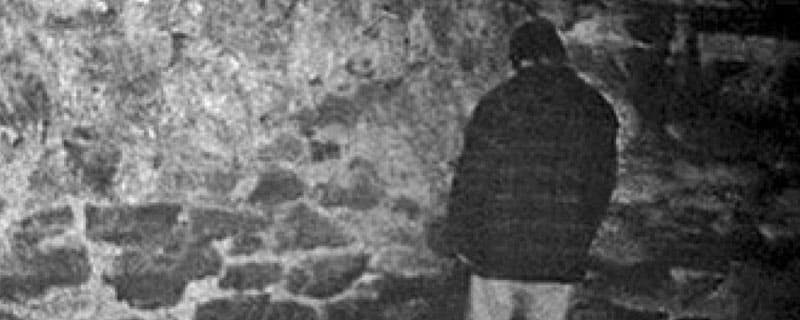
Horror is a genre that relies heavily on engagement with its audience. You have to forge a deep connection with your viewers in order to be successful. At the same time, you don’t need a lot of special tricks to make this connection. One of the most terrifying moments in Takashi Miike’s Audition is watching the canvas sack lying on the floor during the phone call with the young woman. It’s a scene that requires no special effects. The script isn’t complicated. It’s just a woman, a phone, and a sack. And the audience is absolutely on the edges of their seats.
(cover image from Nosferatu.)
Looking for filmmaking tips and tricks? Check out our YouTube channel for tutorials like this . . .
